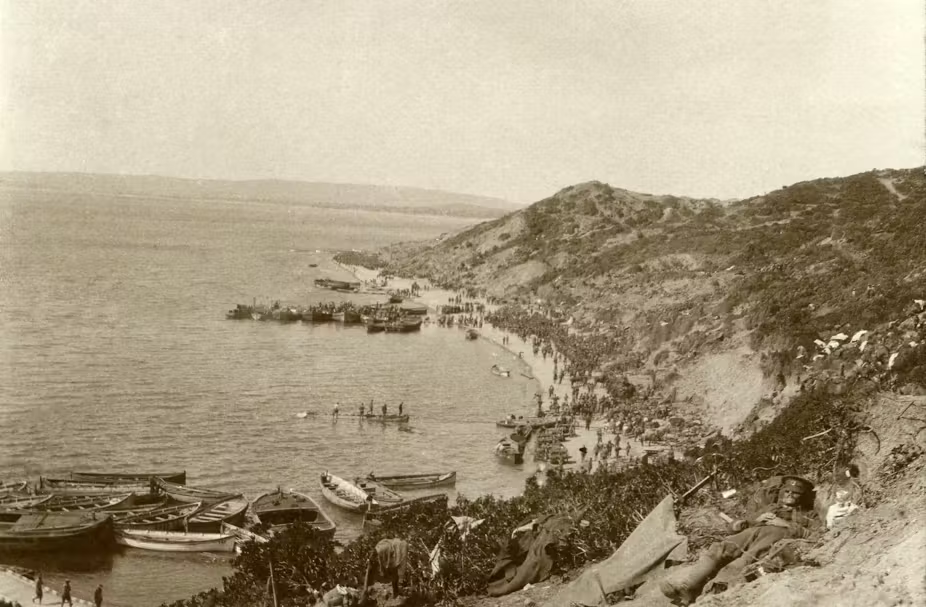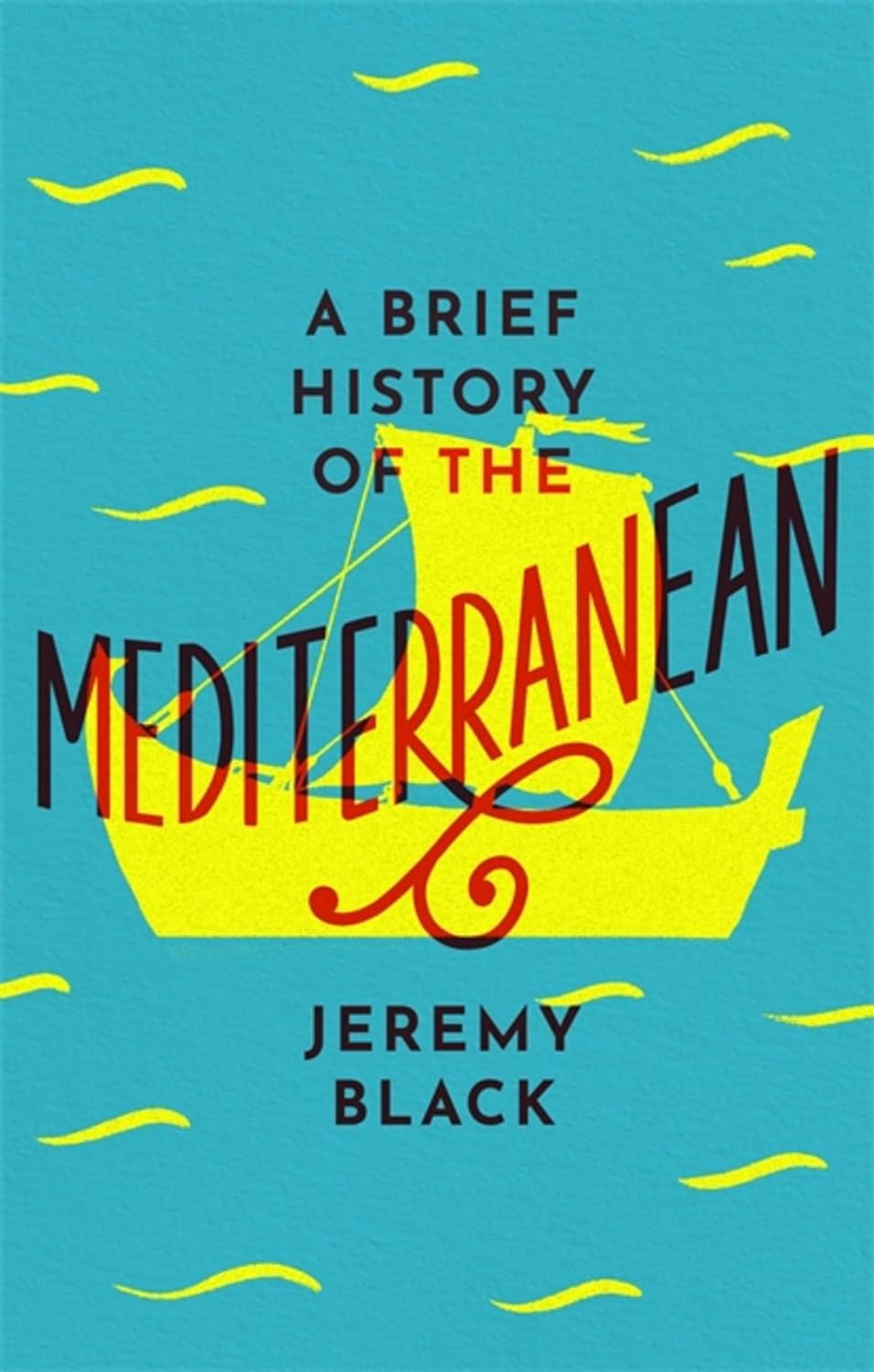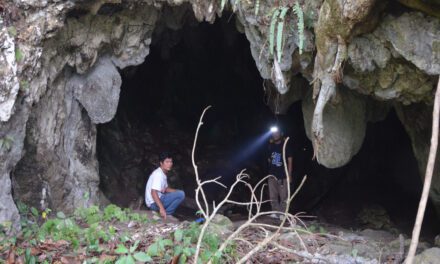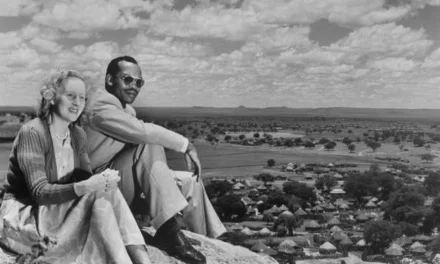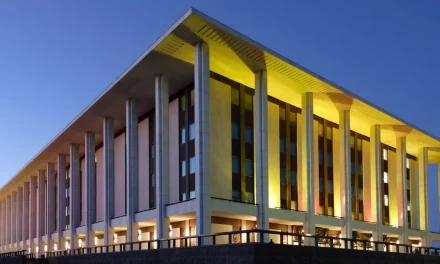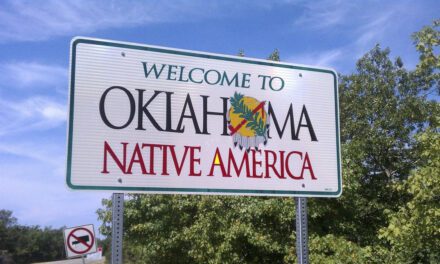Reading time: 6 minutes
It’s hard to imagine the modern Western world without chocolate. Whether it’s a treat on the weekend, or as a gift for Christmas or Valentines’, chocolate has become one of those foods that feels like it must’ve been around forever.
Yet the sweet chocolate bars we know and love today are surprisingly new, historically speaking.
Once used as a currency, and drunk as a savoury drink, the cocoa beans that form the fundamental ingredient of chocolate have had a long and varied journey to become the world’s favoured dessert.
From the depths of the Amazon rainforest to the equally dangerous streets of Birmingham, here is the story of the cocoa bean.
By Mark McKenzie
Ancient Ceremonies and Historical Guesswork
Chocolate’s main ingredient is the Cocoa bean, found in the seed pods of the cacao tree (Theobroma cacao) originating in the upper Amazon area of South America.
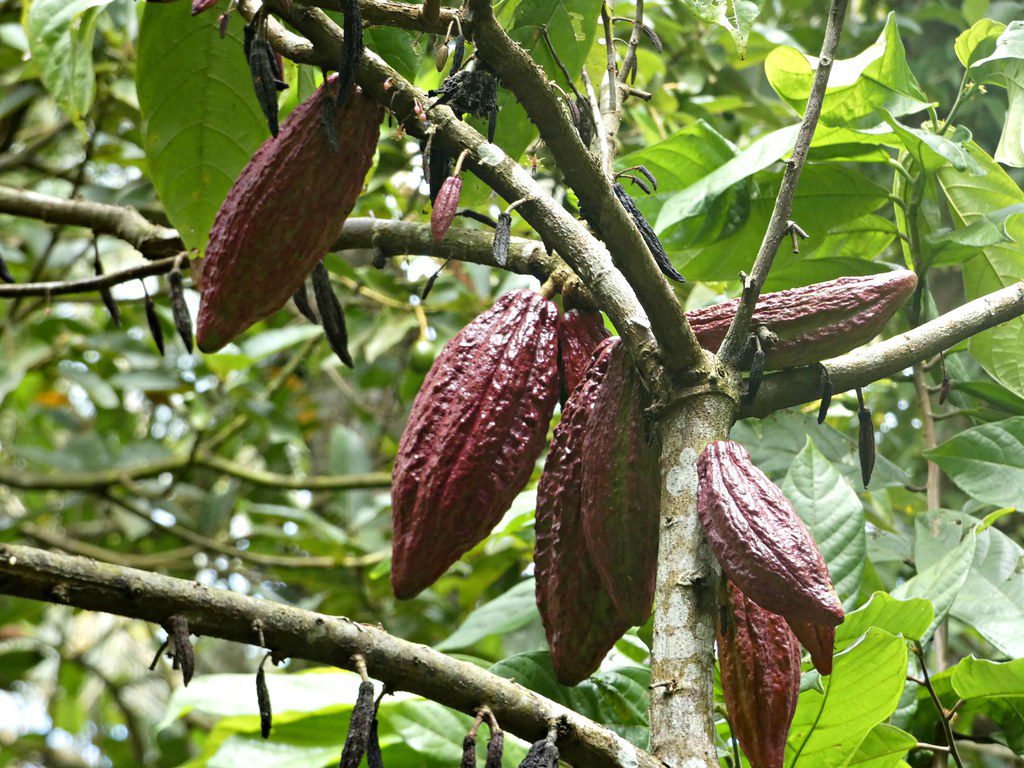
While not “chocolate” as we know it, scholars suggest that humans have been consuming and using the cocoa bean for anywhere between the last 3,500 and 5,000 years. According to Hayes Lavis, cultural arts curator for the Smithsonian’s National Museum of the American Indian, the presence of theobromine traces in ancient Olmec pots and vessels from around 1500 BCE suggests the use of the cocoa bean.
Not only this, other cacao traces have been found on other ancient pottery in modern-day Ecuador dating back to roughly 5,000 years ago.
Yet despite these traces, it was not until roughly 3,000 years ago (around 1,000 BCE) that the cacao tree would be thoroughly domesticated. The very first civilisation to use the cocoa bean, the Olmecs, are thought to have used cocoa to create a ceremonial drink.
However, with no written evidence available, scholars are unsure if the actual bean was used, or just the pulp from the seed pod.
Regardless, the cocoa bean would slowly travel northbound, being passed from the declining Olmecs to the Mayans, and then Toltecs and Aztecs alongside the Incas. It was in these civilizations that the cocoa bean truly took off.
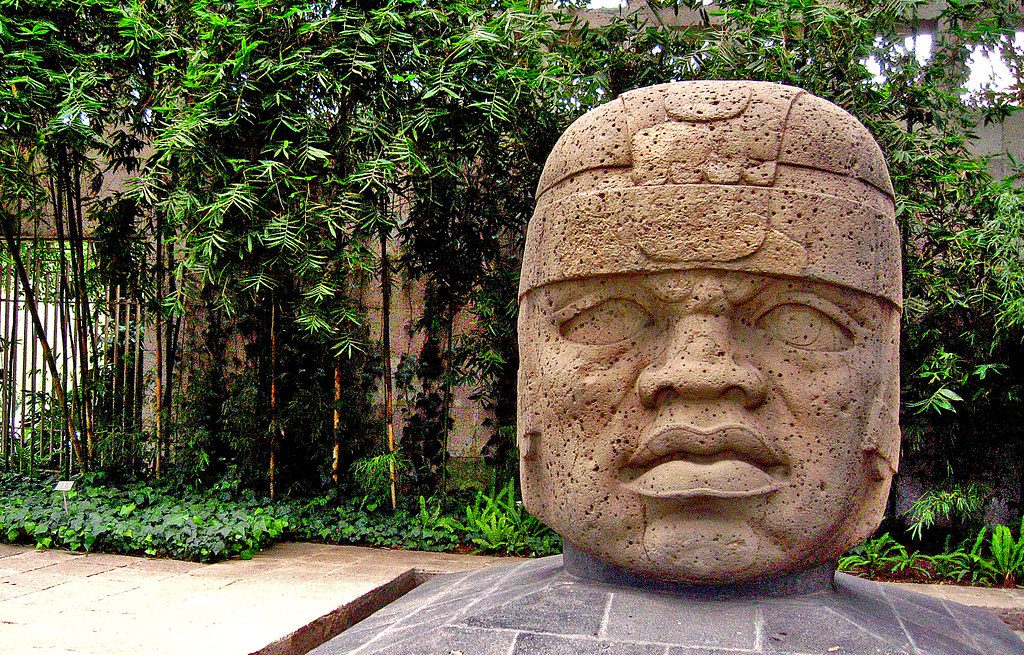
Where Money Grows on Trees – Cocoa Beans as an Ancient Currency
From at least the 7th Century CE, the cocoa bean began to be used as a key ingredient in the drink xocoatl – the Nahuatl word from which “chocolate” would eventually evolve from.
Often thought of as the first form of hot chocolate, xocoatl was not the sweet, sugary drink we know today. Instead, Mesoamerican chocolatiers began by fermenting, drying, and roasting cacao beans before grinding them into a paste.
This paste was mixed with water, cornmeal or Maize, and often a mix of chilli peppers, allspice, vanilla and various other spices to create a frothy, bitter beverage.
While sometimes served hot, it could also be served cold and was believed to impart wisdom and energy, as well as acting as an aphrodisiac. Unlike the Mayans, the Aztecs also thought cacao was a gift from the gods.
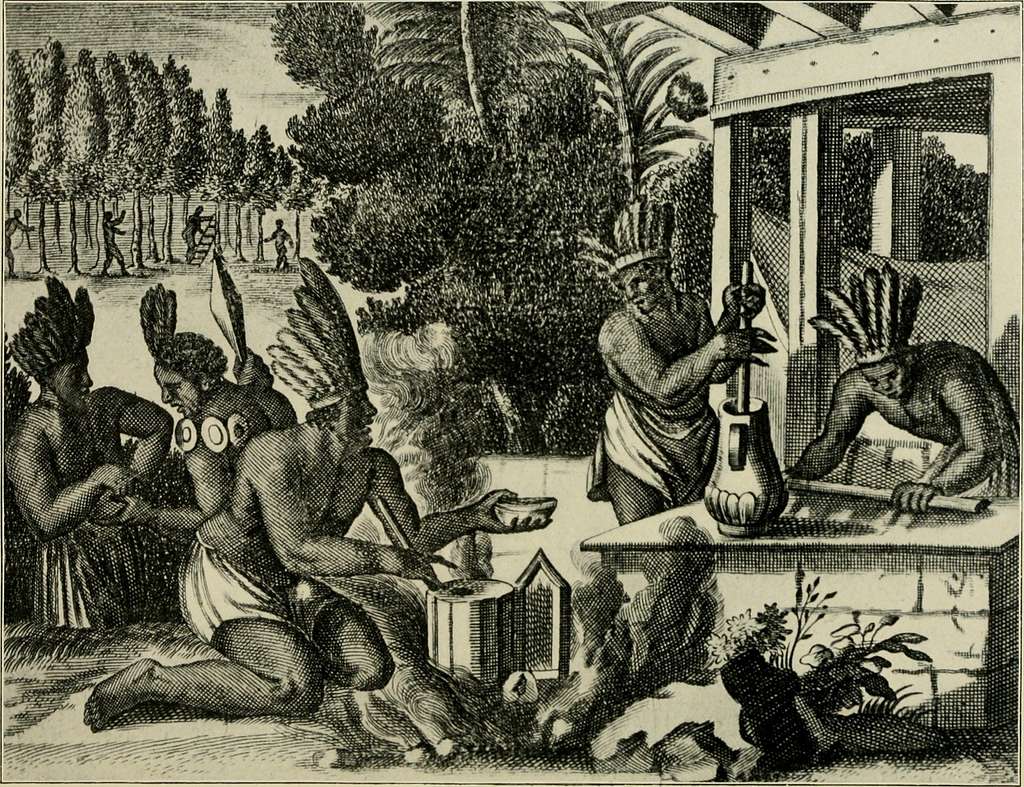
Not only was the cocoa bean used for consumption – it was also commonly used amongst the Aztecs and Incas as a form of currency, being traded for goods in markets.
The European Discovery of Cocoa
When the Spanish invaded and colonised Central America in the European Age of Discovery, they quickly came across the cocoa bean, initially dismissing it as “more a drink for pigs” as Italian Girolamo Benzoni described it in 1575.
The original xocoatl was much too bitter for European tastes, yet the later addition of sugar made the drink much more palatable.
Who specifically introduced the cocoa bean to Europe is unclear, however, Christopher Colombus’ 4th voyage and conquistador Hernan Cortes return to Spain in 1528 both appear to be among the first imports of the bean into Europe.
By the late 1500s chocolate as a sweet drink had become a popular import amongst Spanish royalty, largely due to its promotion as a healthy, tasty choice for fast days – of which there were over 100 in each year for Catholic Europe.
From Spanish Courts to English Coffee Houses
As the rest of Europe entered the colonial race and explored the Americas, chocolate became more and more popular on the continent.
Across Europe, different countries developed their chocolate habits. In England, the chocolate craze did not significantly take off until the country seized Jamaica from Spain in 1655, taking over its cacao plantations and beginning to import it into Europe under its control.
From this, hot chocolate worked its way into the already expanding coffee houses taking over urban England, and becoming more and more popular amongst the aristocracy.
The Development of Cocoa from Drinks at the Bar to Chocolate in a Bar
The revolution from liquid to solid chocolate marked one of the most significant developments in chocolate’s history.
Despite being primarily imported by colonial powers such as Spain, France, and Britain, the crucial breakthrough came from the Dutch, as late as 1828 – over 200 years after chocolate’s first introduction into Europe.
Dutch chemist Coenraad van Houten invented the cocoa press, which separated cocoa butter from roasted cacao beans.
This innovation led to the creation of cocoa powder, allowing British chocolatier Joseph Fry to create the very first solid chocolate bar in 1847, using the newly discovered powder to form a paste that could be poured into a mould.
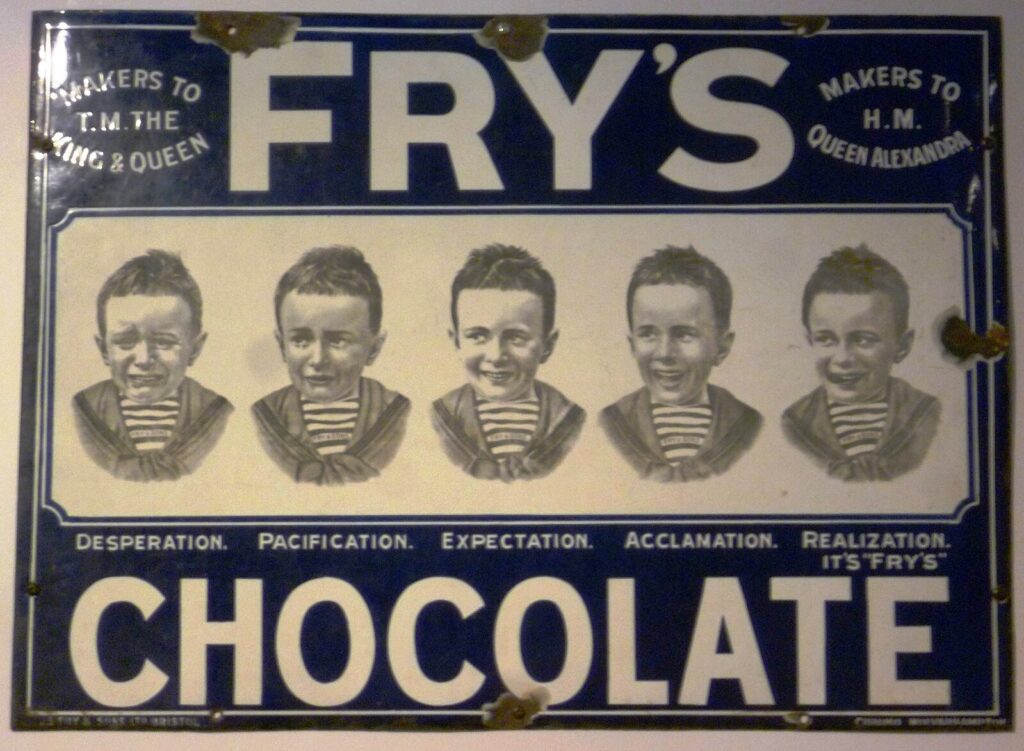
From there, chocolate bars quickly became the new standard of chocolate production.
The Dark Side of Chocolate – Past and Present
While it’s easy to look at the fun parts of the history of chocolate, we cannot ignore the true, dark history attached to it.
The truth is, the Spanish conquest that brought chocolate to Europe had devastating consequences for its Mesoamerican originators. European diseases like smallpox and measles decimated indigenous populations who had no immunity, with some regions losing up to 80% of their native inhabitants within a century.
Alongside this, the production and cultivation of cacao was quickly pushed onto enslaved Africans imported by the trans-Atlantic slave trade into the Caribbean, forcing millions to endure brutal conditions.
This exploitative legacy continues to influence the chocolate industry today.
West Africa, which produces about 70% of the world’s cocoa, struggles with persistent issues of child labour, poor working conditions, and unsustainable farming practices. Despite commitments from major chocolate companies to ethical sourcing, progress in addressing these issues has been slow.
Podcast episodes about the History of Chocolate
Articles you may also like
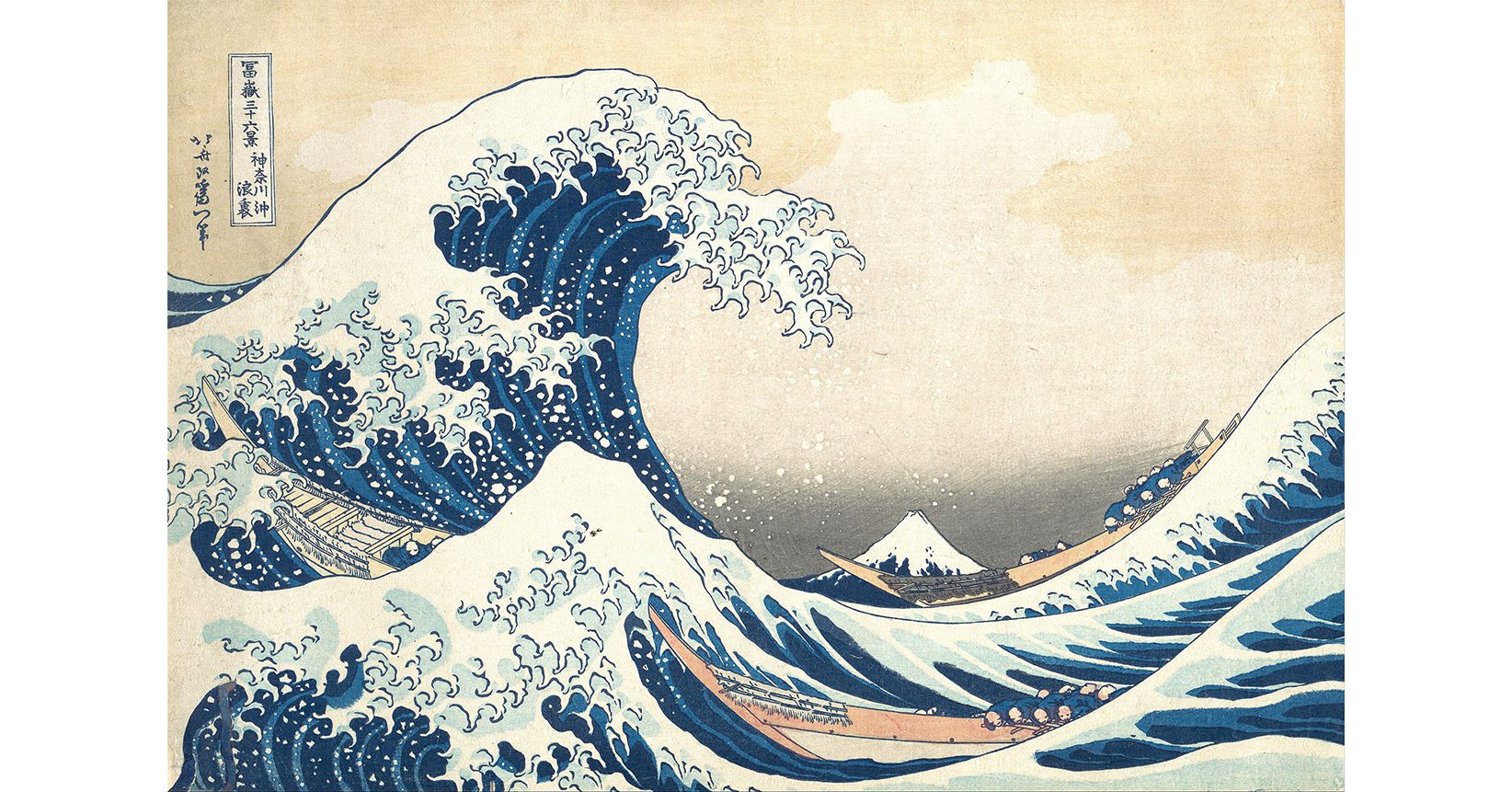
General History Quiz 208
1. When was ‘The Great Wave off Kanagawa’ created?
Try the full 10 question quiz.
The text of this article was commissioned by History Guild as part of our work to improve historical literacy. If you would like to reproduce it please get in touch via this form.


